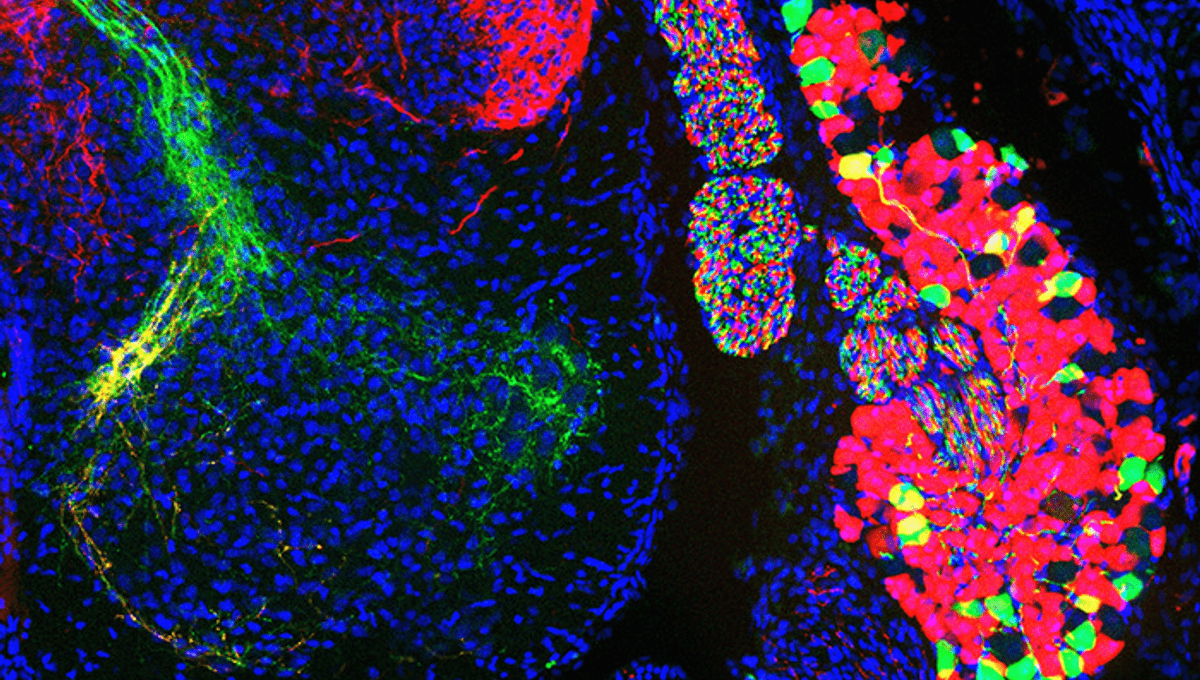
Genes facilitating the sixth sense – proprioception – have been described in a new study in mice. The sixth sense, often overlooked in favor of its five more famous counterparts, is the sense of body position in space on which our ability to perform coordinated movements depends.
Proprioception, unlike the senses of sight, hearing, smell, taste, and touch, is completely unconscious. We may not be aware that we’re doing it, but it’s equally as important as the other senses. People without the ability are unable to perform coordinated movements, such as throwing a ball or coordinating head and arm movements while eating or drinking.
“Its job is to collect information from the muscles and joints about our movements, our posture, and our position in space, and then pass that on to our central nervous system,” Dr. Niccolò Zampieri, head of the Development and Function of Neural Circuits Lab at the Max Delbrück Center in Berlin, said in a statement. “This sense, known as proprioception, is what allows the central nervous system to send the right signals through motor neurons to muscles so that we can perform a specific movement.”
Proprioception is executed by a complex communication system involving neurons in muscles and joints, which relay information on muscle stretch and tension back to proprioceptive sensory neurons (pSN) located in the dorsal root ganglia of the spinal cord. We know that this is facilitated by long nerve fibers connecting the two, but the molecular underpinnings have, until now, been poorly understood.
The new study has identified genes implicated in the function of these pSN in mice, and shed some light on the precise neuronal connections that enable proprioception.
The team began by looking for molecular markers that differentiate pSN according to the type of muscle they innervate: back, abdominal, or limb. “And we did find characteristic genes for the pSN connected to each muscle group,” said lead author Dr. Stephan Dietrich. “We also showed that these genes are already active at the embryonic stage and remain active for at least a while after birth.” This means that fixed genetic programs dictate what type of muscle a pSN will innervate.
Of particular importance are genes that code for ephrins and their receptors, the researchers found. These proteins play an important role in the developing nervous system, helping to guide newly-formed nerve fibers to their target.
The authors hope their findings will act as a springboard for future research into proprioception, which may one day help patients with, for example, spinal cord injuries.
“If we can better understand our sixth sense, it will be possible to develop novel therapies that effectively counteract these and other types of skeletal damage,” Zampieri concluded.
The study is published in Nature Communications.
Source Link: We're Finally Starting To Understand The Sixth Sense – Proprioception